My cart 0 ithems
Your cart is empty
Others also bought

24V 100Ah Deep Cycle Bluetooth LiFePO4 Lithium Battery

12V 200Ah Deep Cycle LiFePO4 Lithium Low Temp Protection Battery
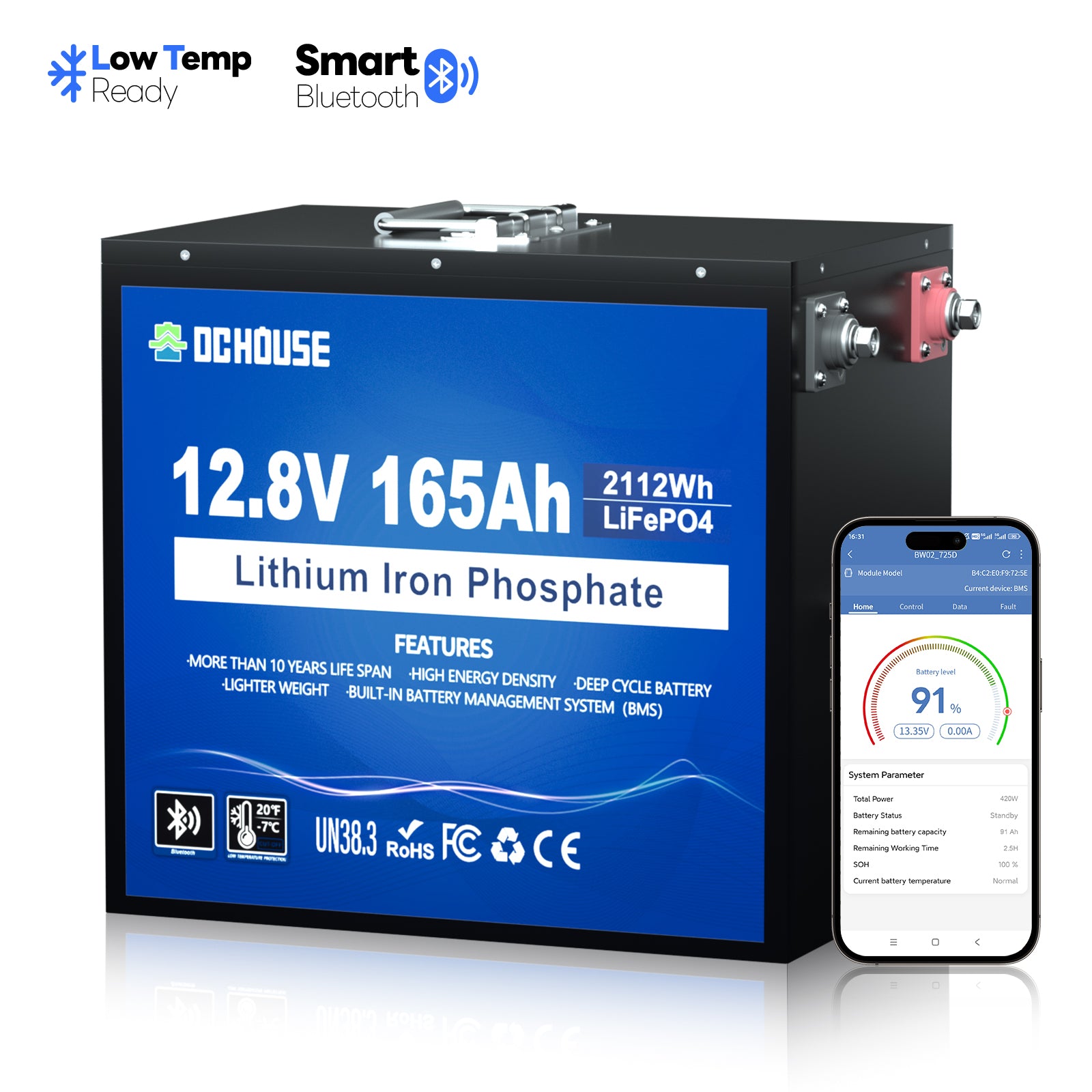
12V 165Ah Deep Cycle LiFePO4 Bluetooth & Low Temp Protection Battery

12V 150Ah with Bluetooth, SOC Indicators & Low Temp Protection
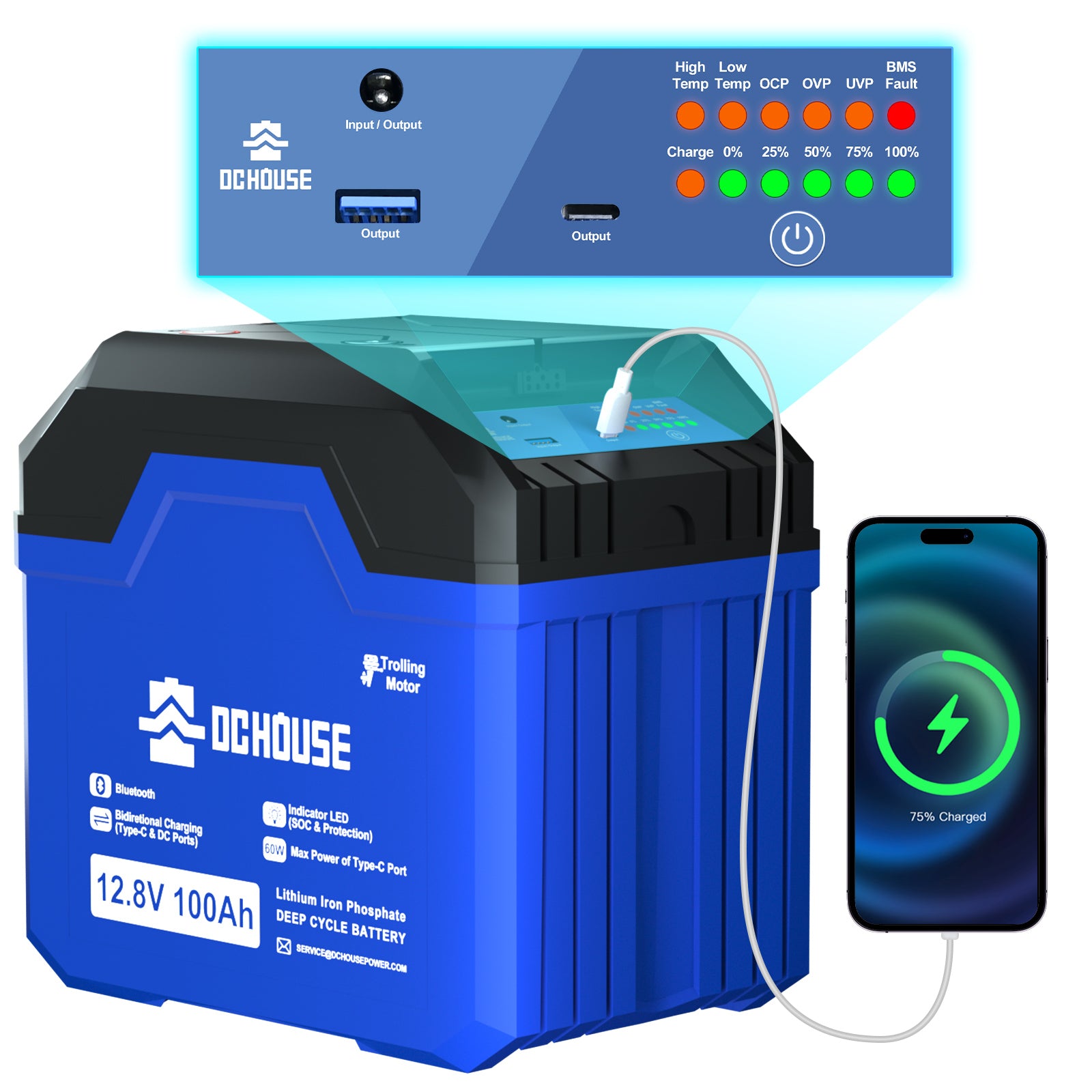
12V 100Ah 3.0 Portable Deep Cycle LiFePO4 Bluetooth & Low Temp Protection Battery
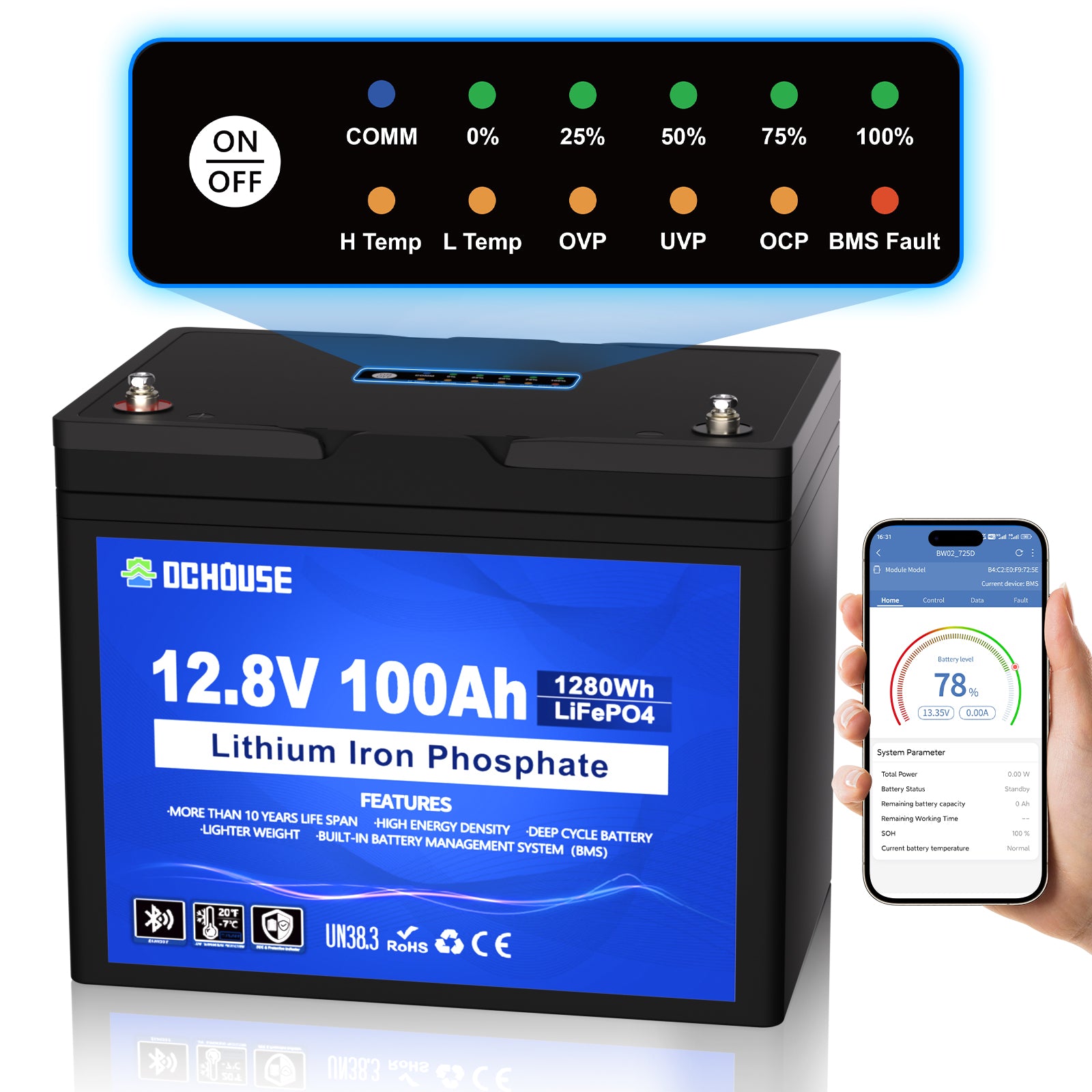
12V 100Ah with Bluetooth, SOC Indicators & Low Temp Protection
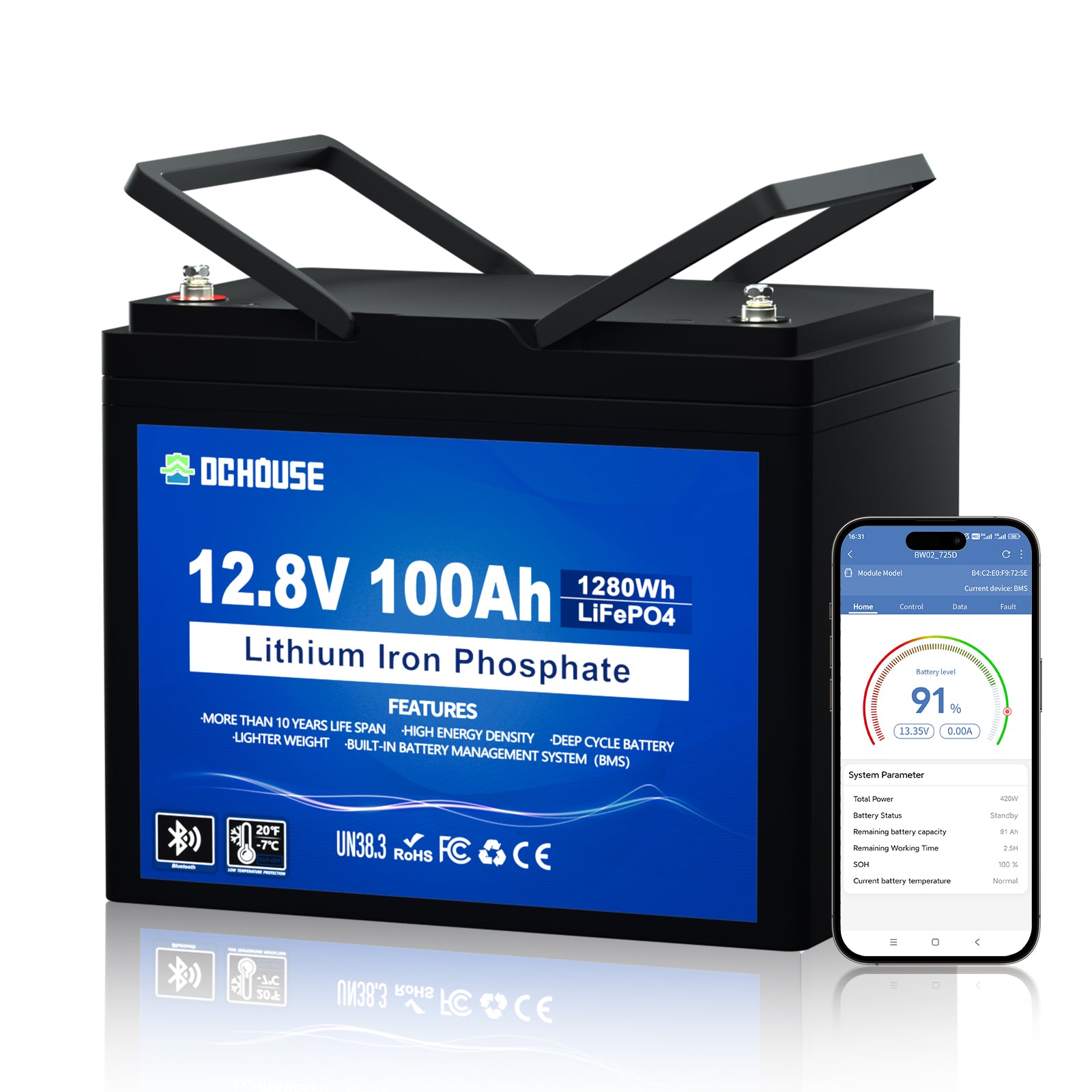
12V 100Ah Deep Cycle LiFePO4 Bluetooth & Low Temp Protection Battery

12V 100Ah Deep Cycle LiFePO4 Lithium Battery

12V 50Ah 2.0 Portable Bluetooth & Deep Cycle LiFePO4 Lithium Battery
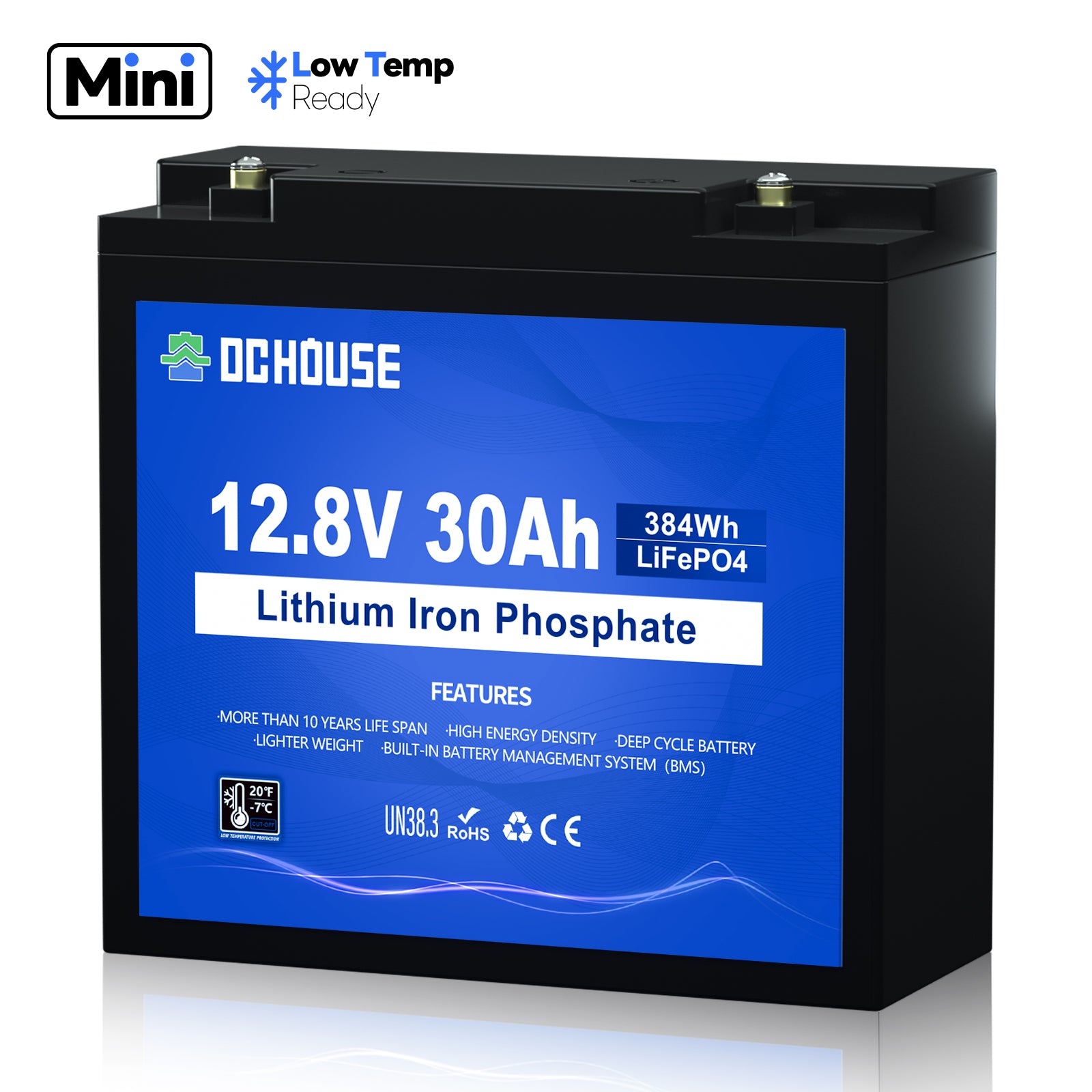
12V 30Ah Deep Cycle LiFePO4 Lithium Low Temp Protection Battery
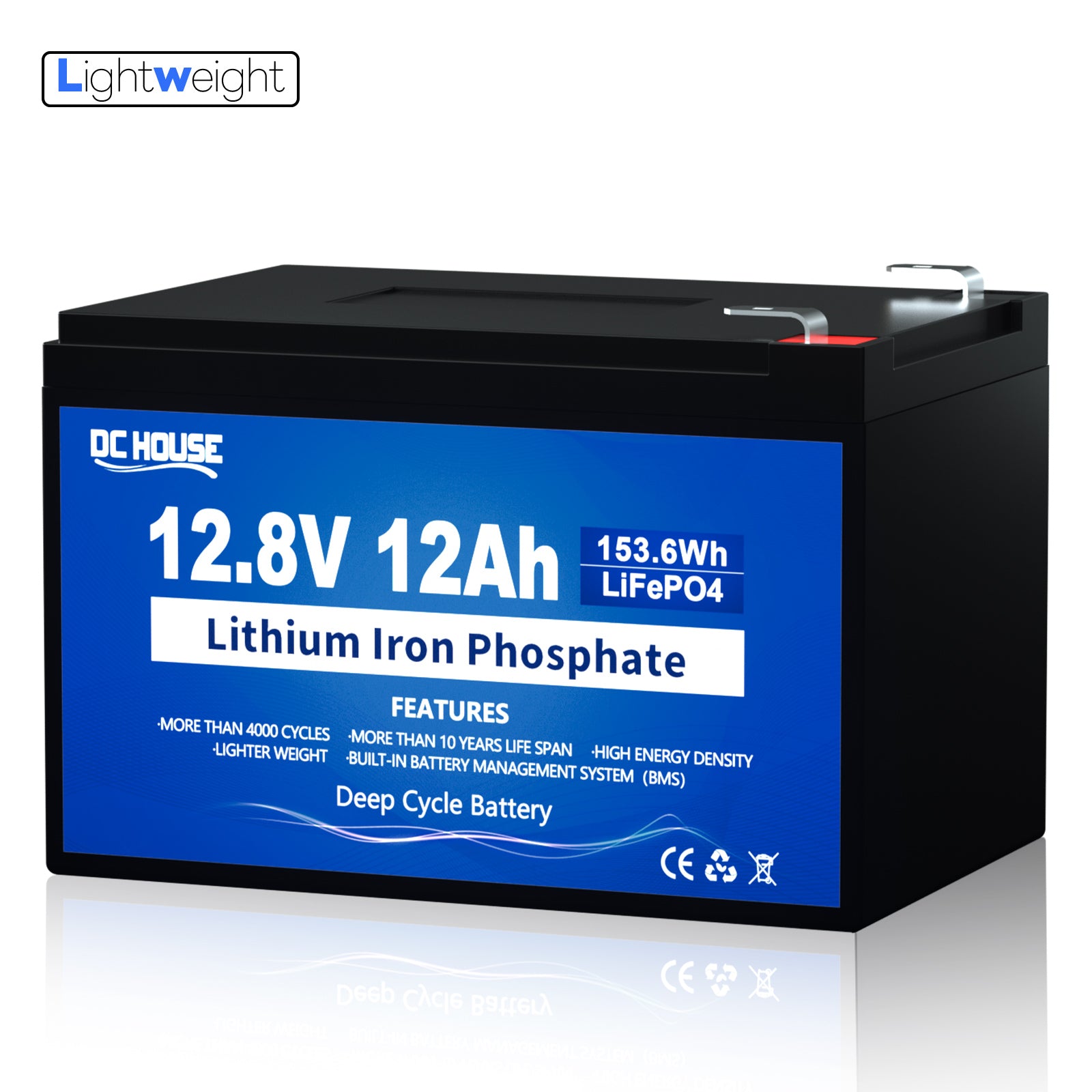
12V 12Ah Deep Cycle LiFePO4 Lithium Battery

12V 12Ah Deep Cycle LiFePO4 Lithium Battery, with Fuse Harness & DC Port


 UK
UK
 DE
DE
 FR
FR
 CA
CA


